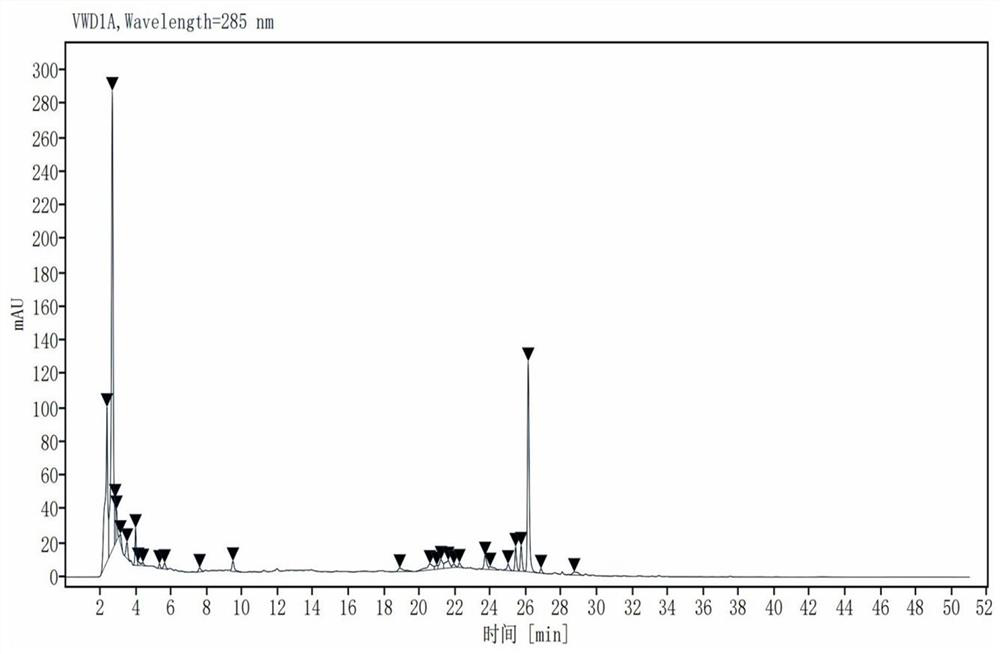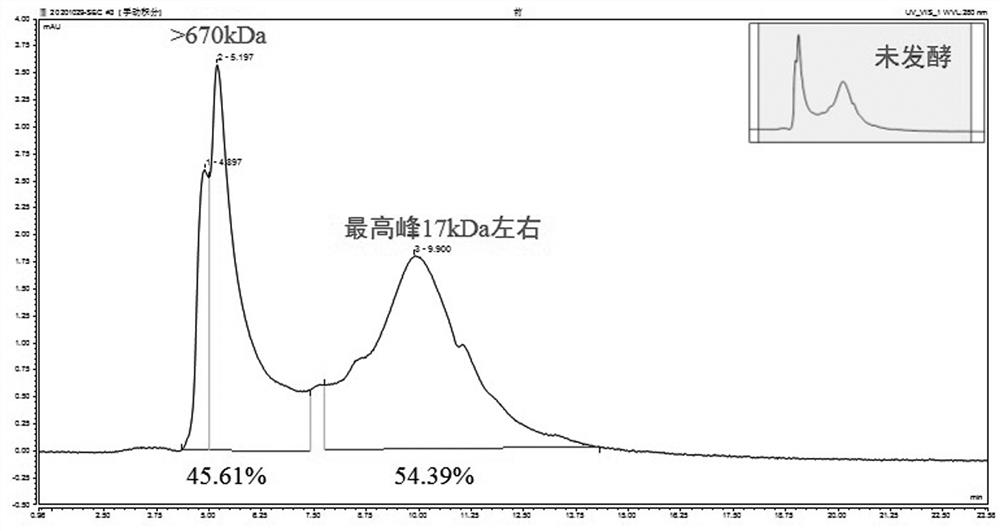Traditional Chinese medicine composition for treating chronic benign stomach diseases and esophageal diseases
A technology of esophageal disease and composition, applied in the field of traditional Chinese medicine compositions for stomach disease and esophageal disease, can solve problems such as lack of, increase of gastric acid, etc.
- Summary
- Abstract
- Description
- Claims
- Application Information
AI Technical Summary
Problems solved by technology
Method used
Image
Examples
Embodiment 1
[0041] This example is prepared from the following raw materials in parts by weight: 10 parts of Codonopsis pilosula, 10 parts of fried Atractylodes macrocephala, 10 parts of Poria cocos, 6 parts of bergamot, 6 parts of citron, 6 parts of Hovenia dulcis, 6 parts of Hovenia dulcis, 6 parts of seabuckthorn 6 parts, 6 parts of perilla leaves, 6 parts of dark plum, 6 parts of Daidaihua, 6 parts of ginger pinellia, and 10 parts of licorice.
[0042] Prepare the Chinese medicine composition according to the following steps:
[0043] (1), preparation medium: prepare 94g of traditional Chinese medicine composition for treating chronic benign stomach disease and esophageal disease in proportion, divide the Chinese medicine composition into four 300mL triangular flasks, and then add 33.4 mL of sterile water, 2.25 g of bran and 2.25 g of Artemisia annua;
[0044] (2) Sterilization: Put the above-mentioned triangular flask into a sterilizer, and sterilize it at 121°C and 0.12 MPa high pr...
Embodiment 2
[0053] The raw materials and proportions of this example are the same as in Example 1. When preparing the traditional Chinese medicine composition, based on Example 1, the fermentation system enlarged to 30 L is used for industrial preparation on a small scale. The steps are as follows:
[0054] (1) Preparation of culture medium: 4.32 kg of traditional Chinese medicine composition for treating chronic benign gastropathy and esophageal disease was prepared according to the same ratio as in Example 1, and then 2.6 L of sterile water, 405 g of bran and 405 g of bran were added. Artemisia annua, the prepared medium is divided into 7 aseptic feeders;
[0055] (2) Sterilization: put the above-mentioned aseptic feeder into a sterilizing pot, and sterilize for 20 minutes under the conditions of 121°C and 0.12 MPa high pressure;
[0056] (3), inoculation: put the above-mentioned sterilized traditional Chinese medicine composition into the fermentation system that has been sterilized by...
experiment example 1
[0065] Experimental example 1: Mice to promote gastrointestinal motility experiment
[0066] 1.1 Experimental method
[0067] 1.1.1 Atropine modeling experiment
[0068] 50 3-week-old male Kunming mice, weighing 18-20g. After adaptive feeding for 1 week, the mice were randomly divided into normal control group, model group (atropine group), sample high, medium and low dose groups (sample + atropine). Purified water is used as a solvent. Sample concentrated solution (equivalent to 20 g / kg crude drug, the same below), 10 g / kg (equivalent to 10 g / kg crude drug, the same below), 5 g / kg (equivalent to In crude drug 5 g / kg, the same below). Continuous gavage for 15 days. The normal control group and the model group were given the same volume of pure water by intragastric administration.
[0069] 1.1.2 L-arginine modeling experiment
[0070] 50 3-week-old male Kunming mice, weighing 18-20g. After 1 week of adaptive feeding, the mice were randomly divided into normal control g...
PUM
 Login to View More
Login to View More Abstract
Description
Claims
Application Information
 Login to View More
Login to View More - R&D
- Intellectual Property
- Life Sciences
- Materials
- Tech Scout
- Unparalleled Data Quality
- Higher Quality Content
- 60% Fewer Hallucinations
Browse by: Latest US Patents, China's latest patents, Technical Efficacy Thesaurus, Application Domain, Technology Topic, Popular Technical Reports.
© 2025 PatSnap. All rights reserved.Legal|Privacy policy|Modern Slavery Act Transparency Statement|Sitemap|About US| Contact US: help@patsnap.com



